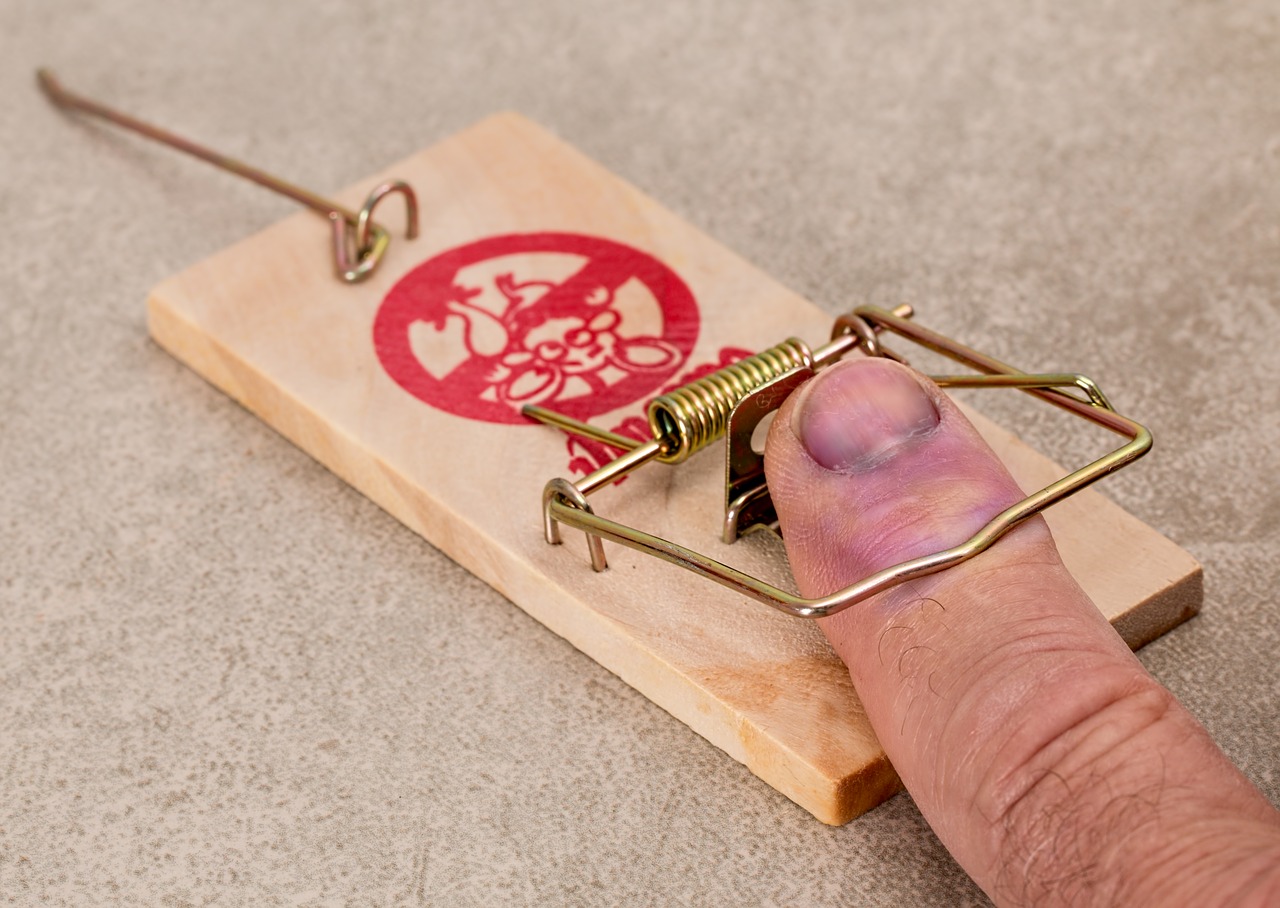
Many of you know the oldest radiology joke in the book: What is the national plant of radiology? The Hedge! In truth, we as radiologists have to face more uncertainty in our profession than most. Diagnoses of 100 percent certainty are rare. And, we need to communicate this information to our fellow clinicians reasonably. So, how do radiologists do this without infuriating our clinical colleagues? To investigate how, I will divide this post into multiple sections, each one with a meaningful discussion to help you decrease uncertainty for the clinician. Welcome to my world!!!
Don’t Beat Around The Bush
Say what you mean and mean what you say. Don’t hem and haw about your insecurities. Even though we cannot come up with a final diagnosis at times, it is important to say just that. Make sure not to put in too many caveats and extra words. If you see a liver lesion and it could be an atypical hemangioma or hypervascular metastases, don’t use flowery language or multiple qualifiers like the words: however, compelling, of course, and so on. Just say the differential diagnosis includes hemangioma or hypervascular metastasis.
Excommunicate Cannot Be Excluded
One of my most hated phrases in radiology is (drum roll please…) “cannot be excluded.” But, it is not just my least favorite phrase; it is also the clinicians’. Why? It has the potential to force a clinician to investigate further an unlikely diagnosis.
If you think that a renal lesion is most likely a hemorrhagic cyst, you should say the renal lesion is most likely a hemorrhagic cyst. Suppose the possibility of a renal cell carcinoma is slight. In that case, you can say that the features are not characteristic for a renal cell carcinoma and the likelihood of the lesion to be a renal cell carcinoma is exceedingly rare. On the other hand, if you use the term renal cell carcinoma cannot be excluded; you give the clinician no sense of the actual probability of renal cell carcinoma. The phrase cannot be excluded often causes the unintended consequence of additional unnecessary workups related to your dictation.
Correlate Clinically
Another way to reduce uncertainty is to find additional clinical information on the patient. If you are not sure, look up the laboratories, the prior studies, the actual clinical history, the vital signs, or the accurate ER report to add more certainty to your report. Think of it this way. You have one report that says: chest film shows right lower lobe pulmonary parenchyma disease, possibly pneumonia, atelectasis, or pulmonary edema. On the other hand, you have another report stating the following: Given the elevated white count of 20 and the patient’s elevated temperature of 106 degrees, the right lower lobe pulmonary parenchymal air space disease is most likely pneumonia. You can see that the increased certainty of diagnosis in the second report is significantly more helpful to the clinician that ordered the study.
Specify Probabilities
If you are not sure of the diagnosis, why not just say the probability of the diagnosis? At least, this will help the physician on the other end of the report know how far to work up the patient for other possibilities. Giving a laundry list of diagnoses x versus y versus z helps no one. But, if you know the chance of x is much greater than y, which is greater than z, that opens up a whole new way for the clinician to proceed next with the patient.
Describe The Findings Well
Finally, if you are unsure of the final disposition, make sure you describe the findings well. For instance, if you see bulky adenopathy in the right hilum, make sure to say the size and shape, whether it narrows the mainstem bronchus, and if it causes post-obstructive atelectasis or pneumonia. You may not know the diagnosis. But, the clinician can now decide whether they can get to the abnormal lymph node by bronchoscopy or proceed to the next step. By describing the findings well, you ensure that the physician will work up the patient appropriately.
Communicating Uncertainty Well!
Our specialty is fraught with uncertainty. That is OK. It’s just the way it is. More importantly, good skills to communicate uncertainty can save your reputation and the reputation of the specialty. Suppose you follow my advice about directly saying what you mean. In that case, avoiding cannot be excluded; looking up clinical information while incorporating it into your report; specifying probabilities, and describing the findings well, you can at least drive the clinical physician to the appropriate next step. See. Uncertainty is not that bad!!! Just like always, it is all about good quality communication.
















